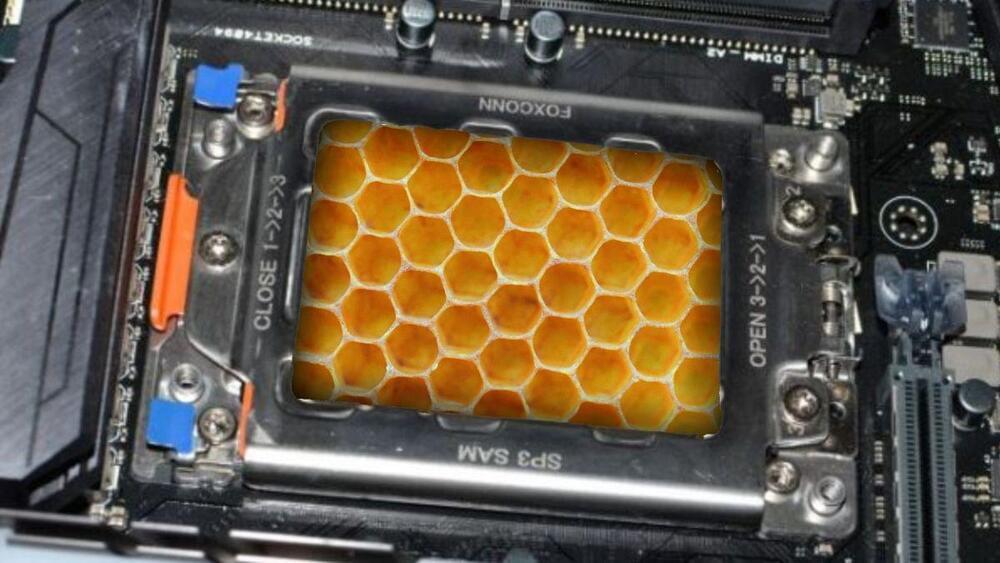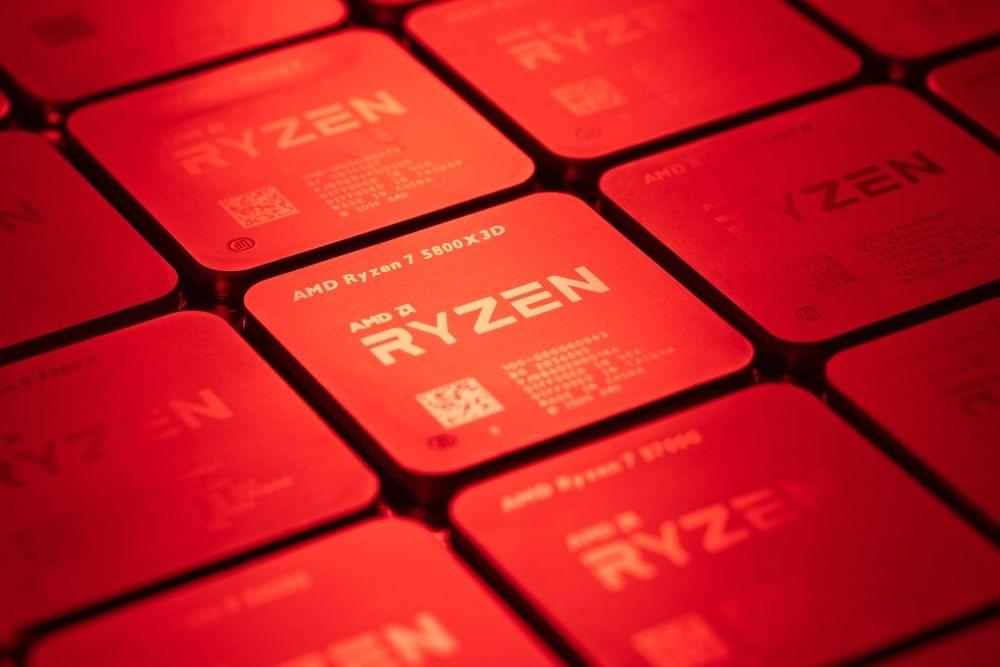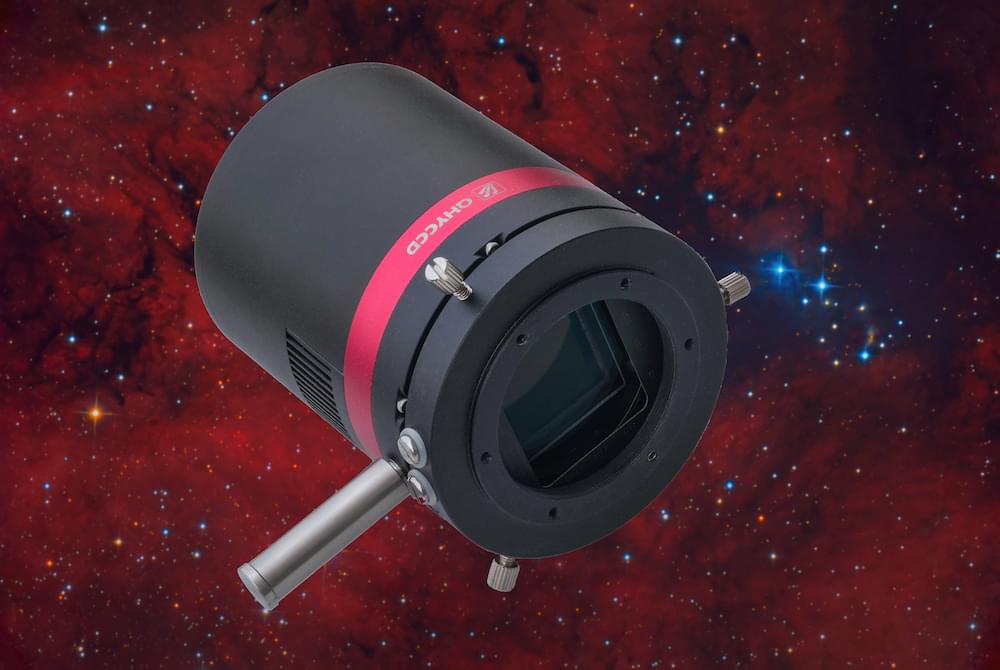A new human-computer interaction system enables severely motor-impaired individuals who communicate using a single switch to do so faster and with more accuracy. This assistive technology is led by Tamara Broderick of MIT.
Category: computing – Page 568

Google announces new tool for data storage and integration
Throughout the past decade, several metaphors and labels have evolved to describe the software that curates the data storage. Some were called warehouses; they generally offered stronger structure and compliance, but they were often unable to manage the larger volumes of information from modern web applications. Another term, the “data lake,” referred to less structured collections that were engineered to scale easily, in part because they enforced fewer rules. Google wants BigLake to offer the control of the best data warehouses with the seemingly endless availability of cloud storage.
“All of these organizations who try to innovate on top of the data lake found it to be, at the end of the day, just a data swamp,” said Kazmaier. “Our innovation at Google Cloud is that we take BigQuery and its unique architecture, its unique Serverless model, its unique storage architecture and a unique compute architecture and [integrate it] with open-source file formats and open-source processing engines.”
The open-source architecture is intended to allow customers to adopt Google’s tools slowly through integration with existing data infrastructure. These open formats simplify sharing information, making it a more welcoming environment.

Honey might be the key to cooler, more efficient, biodegradable chips
These chips might be the future of neuromorphic computing.
Honey could be the next material used to create brain-like computer chips. Its proven practicality marks another step toward creating efficient, renewable processors for neuromorphic computing systems, using biodegradable products.
Research engineers from WSU’s School of Engineering and Computer Science, Feng Zhao and Brandon Sueoka, first processed honey into a solid. Then they jammed it between two electrodes, using a structure design similar to that of a human synapse. They’re known as ‘memristors,’ and are proficient at learning and retaining information just like human neurons.
Why Quantum Computing Is Closer Than You Think
When I first started looking into quantum computing I had a fairly pessimistic view about its near-term commercial prospects, but I’ve come to think we’re only a few years away from seeing serious returns on the technology.

10 Difficult Problems Quantum Computers can Solve Easily
ab initio calculations
Classical computing is of very little help when the task to be accomplished pertains to ab initio calculations. With quantum computing in place, you have a quantum system simulating another quantum system. Furthermore, tasks such as modelling atomic bonding or estimating electron orbital overlaps can be done much more precisely.

AMD Radeon Software Reportedly Alters CPU Settings Without User Knowledge
Adrenalin drivers seemingly go haywire.
German publication Igor’s Lab investigated a potential abnormality surrounding AMD’s Adrenalin GPU software. The current speculation is that the integration of AMD’s Ryzen Master module into the Adrenalin version 22.3.1 software or later has inadvertently allowed the program to manipulate CPU PBO and Precision Boost settings without the user’s permission.
According to user feedback, the problem occurs only with AMD CPU and GPU combinations since that hardware supports the Ryzen Master SDK. So if you are running a system that has either an Intel CPU paired to a Radeon GPU, or a Ryzen CPU paired to an Nvidia GPU, you will not encounter this problem.
The Cybernetic Theory of Mind: Novel “ToE” for Deeper Understanding of Reality
The Cybernetic Theory of Mind, or the CTM model, is an integral multidisciplinary ontological model that allows to draw a wide variety of predictions and deductions from the intersections of two or more foundational axioms. The CTM model also allows integration of further epistemic elements under its broad ontological umbrella as they come to be known. The CTM model can be visualized as a 3D pyramid with 4 foundational axioms at the base and the OS axiom, related to the Omega Singularity (as well as “Operating System”), at the apex of the pyramid (See The CTM Pyramid of Foundational Axioms below).

Astronomy tests the QHY 410C, a color camera without the noise
Move aside CCDs. Consumer CMOS cameras are here to stay.
For 20 years, I have been using charge-coupled device (CCD) cameras, and I currently own the top-of-the-line SBIG STX-16803. But while studying two images I recently made using the latest QHY 410C CMOS camera, I had to wonder: Is CCD dead?
For years, I lectured about the asymptotic boundary of noise in CCD images. In a basic sense, this means that no matter how many frames you take to increase your signal-to-noise ratio for a cleaner image, you will always run into a wall of noise when you stretch your image to bring out deep shadows. But with QHY’s new CMOS camera, this troublesome wall of noise is nonexistent.
The QHY 410C is a one-shot color camera that utilizes the back-illuminated Sony IMX410 CMOS chip found in high-end cameras like the Nikon Z6 and the Sony A7 III. But the 410C has taken the full-frame (35 millimeter) 24-megapixel chip and mounted it in a camera with regulated cooling and zero amplifier glow, helping drive the noise to such a low level.
Mark Zuckerberg — Founder and CEO of Meta | The Tim Ferriss Show
It’s a reference to the evil form in the ‘Lord of the Rings’ books. For those unfamiliar with the ‘Lord of the Rings” books and movies, the Eye of Sauron is the chief antagonist in the series, exemplified as a flaming eye and that is a metaphor for pure evil. It’s not something anyone would want to be compared to unless, of course, you are Meta founder and CEO Mark Zuckerberg.
Mark Zuckerberg on Long-Term Strategy, Business and Parenting Principles, Personal Energy Management, Building the Metaverse, Seeking Awe, the Role of Religion, Solving Deep Technical Challenges (e.g., AR), and More | Brought to you by Eight Sleep’s Pod Pro Cover sleeping solution for dynamic cooling and heating (http://eightsleep.com/Tim), Magic Spoon delicious low-carb cereal (http://magicspoon.com/tim), and Helium 10 all-in-one software suite to sell on Amazon (https://helium10.com/tim).
Mark Zuckerberg (FB/IG) is the founder, chairman, and CEO of Meta, which he originally founded as Facebook in 2004. Mark is responsible for setting the overall direction and product strategy for the company. In October 2021, Facebook rebranded to Meta to reflect all of its products and services across its family of apps and a focus on developing social experiences for the metaverse—moving beyond 2D screens toward immersive experiences like augmented and virtual reality to help build the next evolution in social technology.
He is also the co-founder and co-CEO of the Chan Zuckerberg Initiative with his wife Priscilla, which is leveraging technology to help solve some of the world’s toughest challenges—including supporting the science and technology that will make it possible to cure, prevent, or manage all diseases by the end of the twenty-first century.
Mark studied computer science at Harvard University before moving to Palo Alto, California, in 2004.

The Biggest Revolution Since the Computer Is Here — Synthetic Biology 🧫
Innovations in computing tech have improved the accuracy of DNA synthesis and enabled synthetic biology to work in the real world.
I don’t know about you, but I’m constantly looking for the “next big thing” in the stock market. And I think synthetic biology might just be it.
Why? If you invested just $10,000 into any of those world-changing stocks back in their early days, you’d have MILLIONS today. Forget the Iraq War, the housing crash, the European debt crisis. Forget the pandemic and the Russia-Ukraine war. Through it all, you’d have millions today.